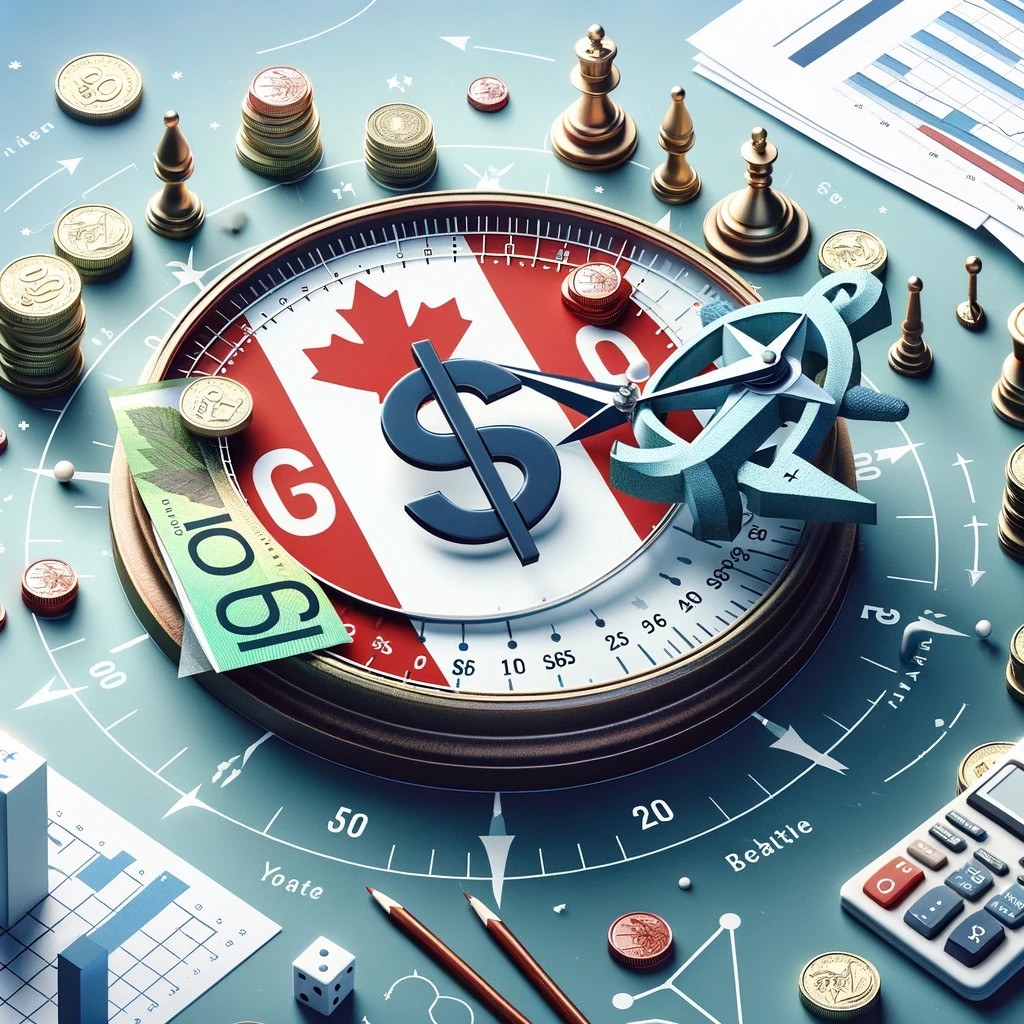The Bank of Canada played it cool yet again, holding the fort with its policy rate steadfast at 5% for the fourth round in a row, showing a poker face that had markets and economists nodding in unsurprised agreement. This wasn’t a spur-of-the-moment decision but a calculated move, with the bank’s big guns, led by the unflappable Governor Tiff Macklem, laying out a clear message: as long as the economic ship sails as charted, those rate hikes can stay in the dock.
A Calculated Pause in the Financial Orchestra
Governor Macklem, in what can only be described as a masterclass in central banking composure, laid down the law in no uncertain terms. The Bank’s governing council, in a unanimous chorus, decided that the current rate of 5% hit just the right note. But here’s the kicker: the conversation around the mahogany tables of monetary policy is no longer about squeezing the economy further into submission. No, the tune has changed to how long this chord of restriction should resonate.
This dovish serenade might just be music to the ears of those fearing an over-tightened economy, as it hints at the possibility of rate cuts waiting in the wings. With the Canadian economy seemingly tapping the brakes and inflation expected to waltz back to the central bank’s 2% target by next year, the stage is set for a potential easing of rates in the foreseeable future.
Macklem’s script was clear: if the economic narrative unfolds as expected, the spotlight will soon shift to the duration of this 5% policy rate. This revelation sent the Canadian dollar on a bit of a slide, wiping its earlier gains off the board and setting the currency exchange stage abuzz.
Navigating the Economic Currents
It’s a delicate balance, this act of central banking. With one eye on the persisting undercurrents of inflation and the other on the horizon of economic growth, Macklem and crew are navigating through foggy waters with a steady hand. The bank’s crystal ball sees the economy in a slight surplus of resources, dialing down its growth forecast to a humble 0.8% for the year.
But don’t let the subdued growth forecast dampen your spirits. The Bank of Canada is not throwing in the towel just yet, banking on a soft landing with growth expected to pick up pace by mid-year. Inflation, that thorn in the economy’s side, is anticipated to hover around 3% in the first half of 2024, with a gentle descent to 2.5% by year-end, finally returning to the coveted 2% target the following year.
The plot thickens with the consumer price index painting a 3.4% annual increase in December, stubbornly staying above the 3% mark for the better part of the recent past. And let’s not gloss over the core inflation metrics, which have also seen their share of drama.
Wages continue to climb at a 4% to 5% yearly cadence, expected to align more closely with inflation and modest productivity gains as the narrative unfolds. However, the shelter price inflation subplot is poised to keep audiences on the edge of their seats, with mortgage interest costs projected to ease gradually, thanks to a softening financial landscape and the dynamics of mortgage renewals.
Yet, amid these forecasts and projections, the specter of higher-than-anticipated house prices looms large, threatening to stir the inflation pot more than desired. Canada’s economic storyline is particularly sensitive to interest rate twists due to its high debt levels and the nature of its mortgage market, leading many to speculate about impending rate cuts as early as June, with the overnight swaps market echoing this sentiment.
From Zero to Web3 Pro: Your 90-Day Career Launch Plan
